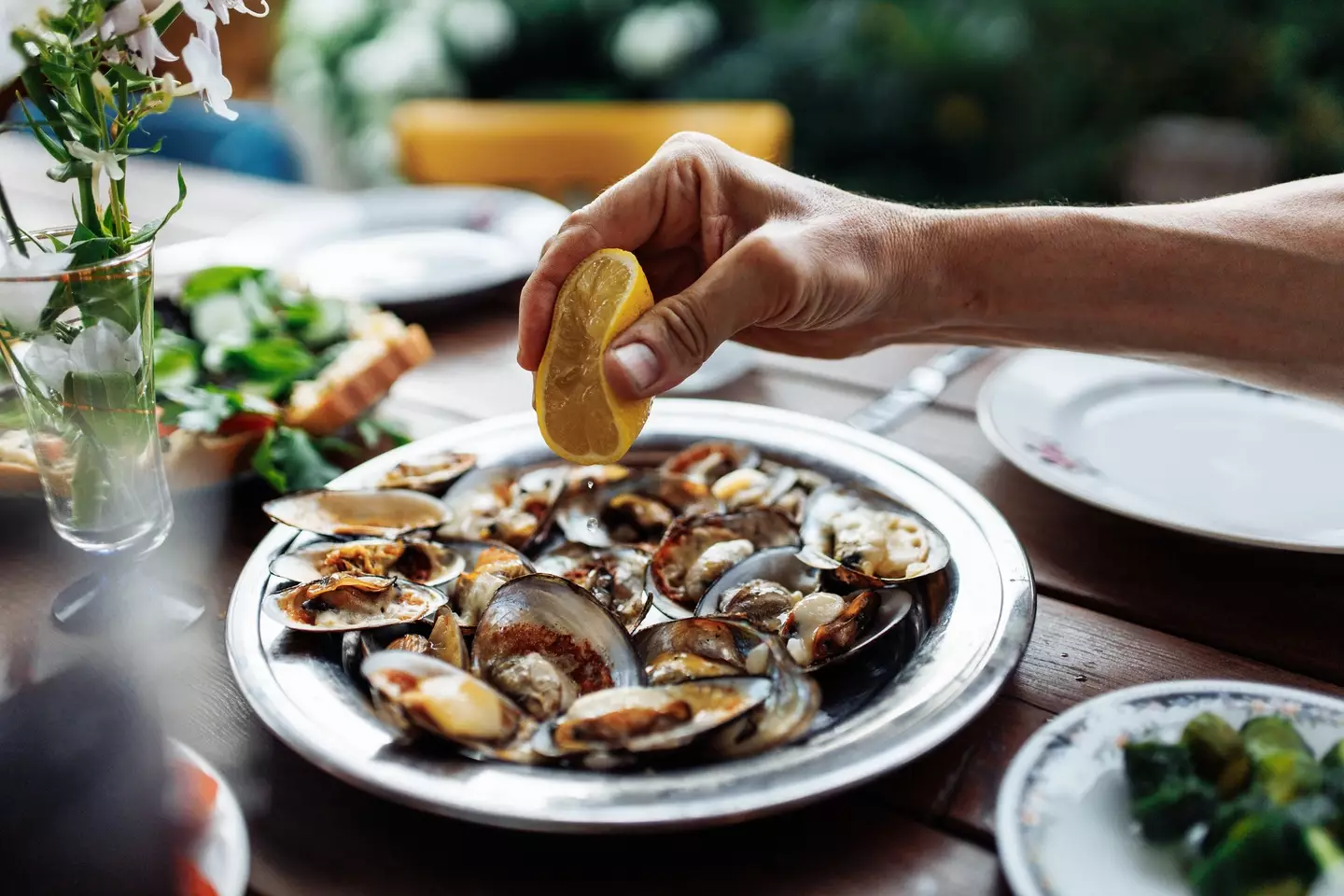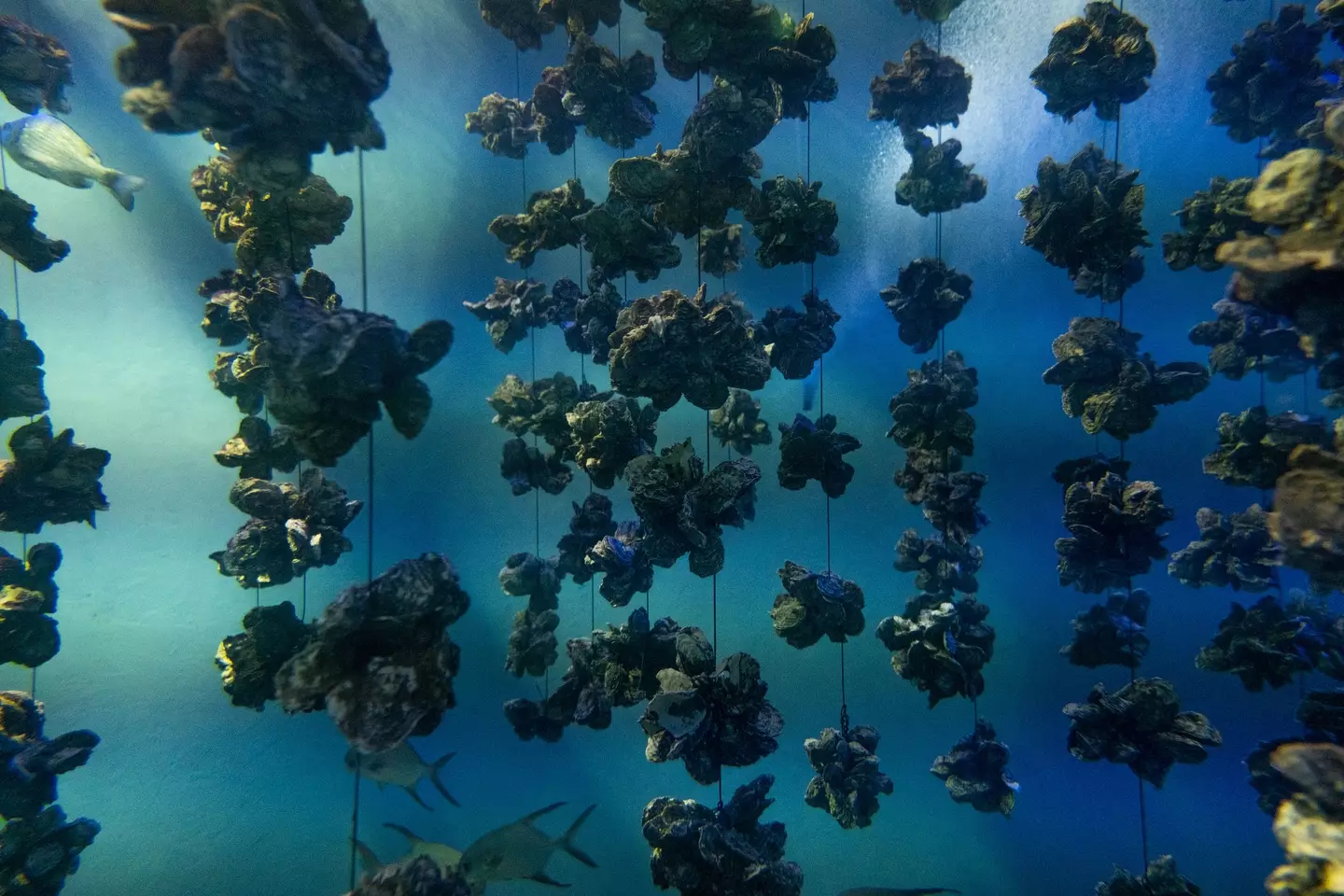
The risks associated with eating raw oysters has been outlined after the tragic story of a content creator's girlfriend passing away due to consuming them.
There are a few health factors that people will want to bear in mind next time they come across the seafood delicacy, with numerous horror stories of people falling ill after eating the fan-favourite aphrodisiac.
The Food and Drug Administration (FDA) in the US have been advising warnings against eating raw oysters, with consumers at risk of contracting illnesses such as norovirus, salmonella and Vibrio parahaemolyticus, among others.

Advert
Sadly, YouTuber Billy LeBlanc, known for featuring on channel 'Bratayley', lost his girlfriend Natalie, after the couple both contracted Vibrio Vulnificus from eating raw oysters.
Both were admitted to hospital, though only Billy was lucky enough to make it out.
"I’m sure none of you know but I recently almost died. I was in the hospital for 12 days," the YouTuber wrote.
"Unfortunately Natalie didn’t make it and she passed away. I will always remember how we got lost everywhere together.
"I will always love her and miss her. Be safe and hold your loved ones tight you, never know when it’ll be the last time you see them," he shared on social media.
Advert
So, how can we avoid situations like this, and what can we do to be more careful? Well, first of all...
What is an oyster?
Oysters are known as saltwater bivalve mollusks, known for extracting algae and tiny organisms from the water surrounding them for nutrition, and are known as filter feeders.
This means that, depending on what they are feeding on, there is a likelihood that they could be contaminated, which could lead to gastrointestinal symptoms in particular, similar to food poisoning.

What could you contract?
There are a number of things you could expose yourself to when eating raw oysters, with one of them being marine vibrio bacteria - the most common bacteria found in seawater.
Advert
According to Centers for Disease Control and Prevention (CDC), it is often found in oysters, getting it in your system will bring on symptoms such as nausea, stomach cramping, vomiting, fever and chills, lasting up to three days after first contact.
Norovirus is another risk, a contagious virus that can bring on the same symptoms as well as muscle aches, as certified food protection manager Michelle Rauch explained: “Oysters can carry norovirus if they are harvested from polluted waters or by individuals who are infected with the virus.”
The bivalve mollusks are also a common source of hepatitis A, if there wasn't enough to worry about.
Away from food-borne illnesses, dietician Danielle Venhuizen revealed that there is an increasing amount of filter feeders that are getting contaminated with microplastics.
“While we are still not entirely sure how this affects human health, it’s definitely something to be aware of,” she explained.
Advert

How likely are you to get sick?
The CDC say that 80,000 Americans a year fall ill from vibrio bacteria, with approximately 100 deaths annually.
52,000 of the cases are linked to eating food that have vibrio bacteria, working out at 65% of all cases coming from food-borne sources.
Vibrio vulnificus is the most dangerous form of the infection, which can cause fever, chills, skin redness, blisters, nausea, vomiting, diarrhoea and overall weakness.
Advert
One of five people end up dying after contracting the bacteria.
Is it safe to eat?
The answer here is, it depends on who you ask.
Rauch says that the risk is worth it for healthy adults without any pre-existing medical conditions, as symptoms of vibrio are mild for them.
But Taylor Janulewicz, a dietitian, told Yahoo Life: “As a cancer dietitian, I strongly advise against raw oysters for anyone with a weakened immune system.”
Those aged over 65, pregnant individuals and young children are advised to avoid eating raw oysters, despite the high nutritional value of the mollusks.
They are rich in calcium, iron, selenium, potassium, folate and choline and have high amounts of zinc, an immunity booster.

How to safely eat oysters
The CDC details that most cases of vibriosis occur in warmer months, from May to October, but due to global warming, the problems may stretch all year around.
Experts say to purchase raw oysters from well-known suppliers and restaurants that properly adhere to food and hygiene protocols - if you are looking to take them home, it is important to store them in the refrigerator straight away.
However, it is also advised for people to cook their oysters to avoid any health risks at all, given they aren't undercooked.
Washing your hands before and after handling oysters (obviously) help to reduce the chance of infection too.
Topics: Food And Drink, Health, Lifestyle, Science